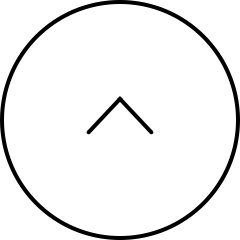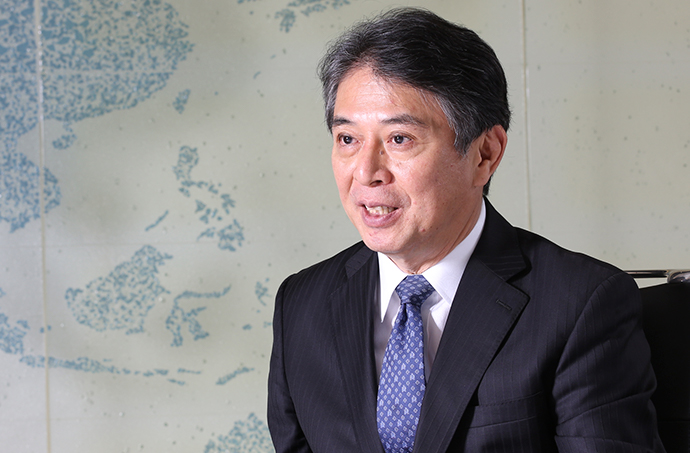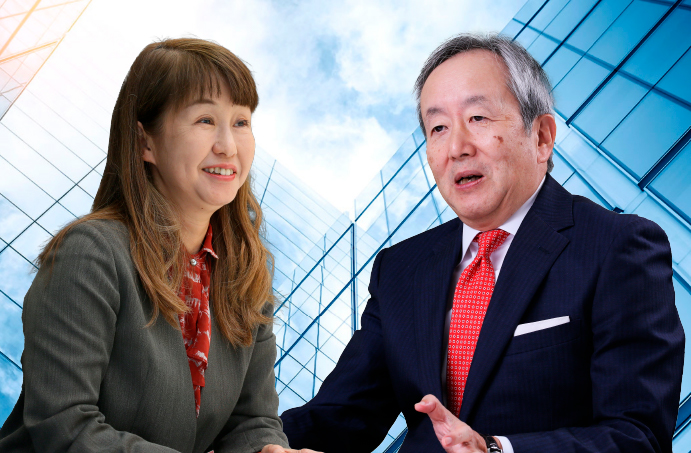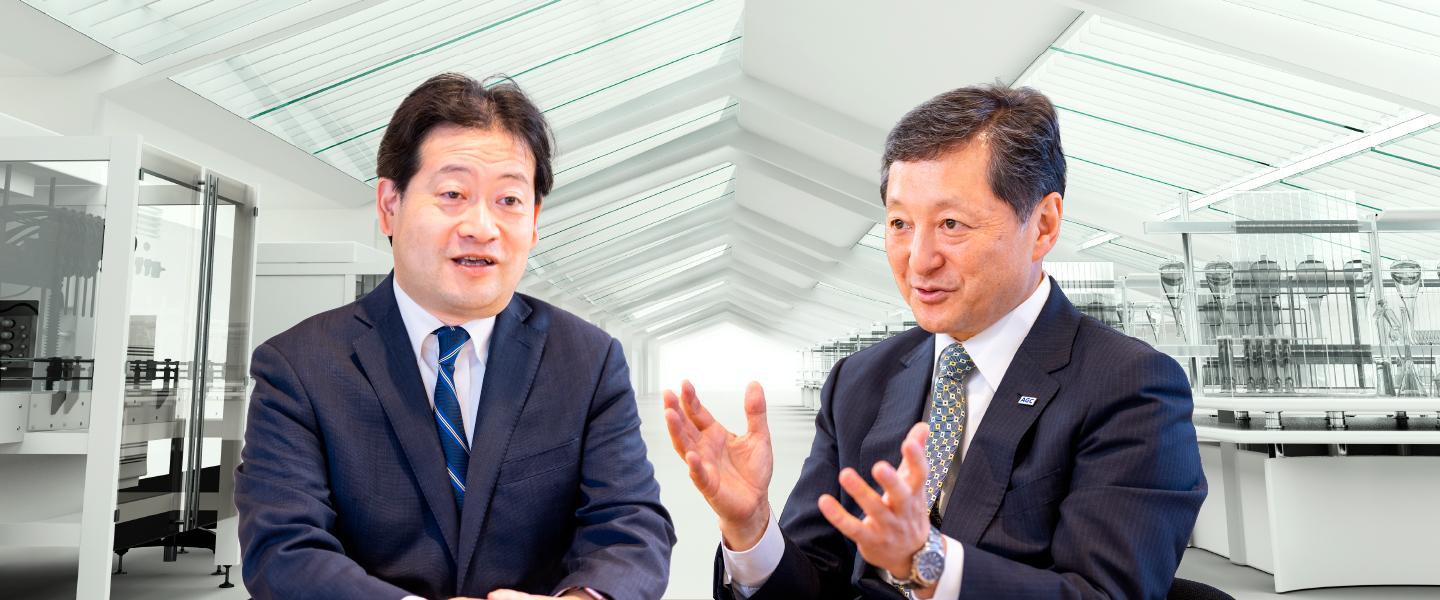
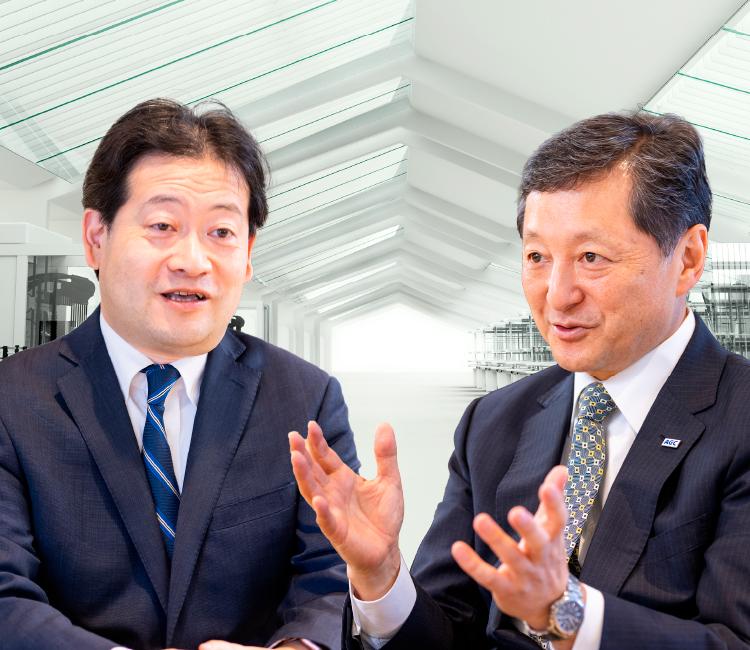
Collaborating with universities and customers to spark innovation
- #Sustainability
- #Management Strategies
- #Collaboration
As changes in the business environment accelerates, an important emerging theme is improving the efficiency and speed of research and development. In 2021, AGC integrated three development departments into a new research facility in Yokohama: Materials Integration Laboratories (materials and functions); Innovative Technology Laboratories (processes and common fundamental technologies) and Production Technology Division (production technologies and common fundamental technologies). The company is launching several measures to stimulate open innovation with academia and customers and accelerate research and development. Motoyuki Ooishi -- the Director of Nikkei BP Intelligence Group Clean Tech Lab -- has asked Hideyuki Kurata -- AGC representative director, executive officer, CTO, and technology general division general manager -- about AGC’s research and development system, future research themes, the direction of digital transformation (DX) and other items.
Profile
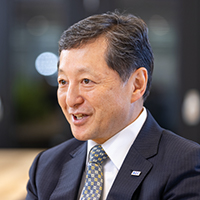
Hideyuki Kurata
Representative Director, Executive Officer, CTO
and Technology General Division General Manager AGC Inc.
Kurata joined Asahi Glass (now AGC) in 1987. After working as the general manager of New Business Development Department in the Chemicals Company, President of a U.S. group company, and was general manager of the Strategic Planning Office of the AGC Chemicals Company. He then became the executive officer and general manager of the Technology General Division in January 2019. He has been in his current position since January 2021.
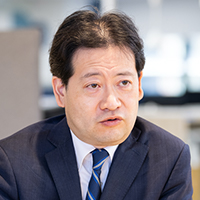
Motoyuki Ooishi
Nikkei BP Intelligence Group Clean Tech Lab Director
Ooishi AGC is a company known for being an organization that embraces ambidexterity in its management approach. What are your thoughts on technological development and the role of the CTO in this style of management?
Kurata Ambidextrous organizations constantly restructure business portfolios, with core businesses and strategic businesses as its two pillars. How do we allocate human and technical resources to these two pillars? I think this strategy is one of the essential roles of the CTO. We divide the targets into short-, medium-, and long-term targets and control personnel and development themes with some variability.
We specialize in three fundamental technologies. “Material technology” is at the core, function design adds functions, and production technology achieves it. I believe that innovation is born when these three have a synergistic effect.
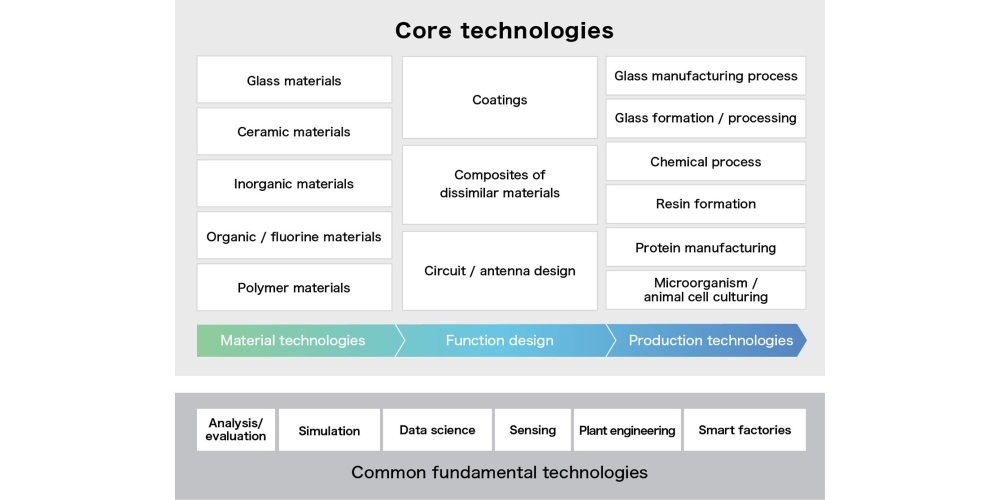
Figure 1. AGC has three fundamental technologies that form common core technologies.
Ooishi What kinds of systems and mechanisms are necessary for the three technologies of materials, functions and production to exhibit synergistic effects?
Kurata This is precisely the objective behind creating the AGC Yokohama Technical Center (YTC). We will increase the pace of development by concentrating the three technology development aspects in the Yokohama site, creating a trinity of technology there.
Ooishi Why did you decide this now?
Kurata First, the business environment is rapidly changing, requiring development with a sense of urgency. Increasing the speed of development requires centralizing bases, reducing physical distances, and removing even the slightest barriers.
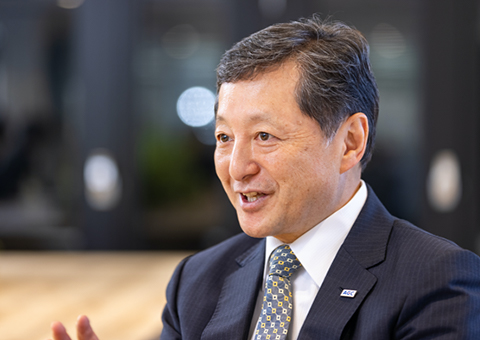
Hideyuki Kurata, Representative Director, Executive Officer, CTO and Technology General Division General Manager
The second factor is to activate communication with customers and create an environment that facilitates innovation. We need a space where developers in the three fields of materials, functions and production can co-exist and communicate closely with customers. This is the co-creation space AO (AGC Open Square). We will work with customers to develop ideas and test them swiftly. We have created an environment where we can discuss things with our customers while seeing and touching the actual product.
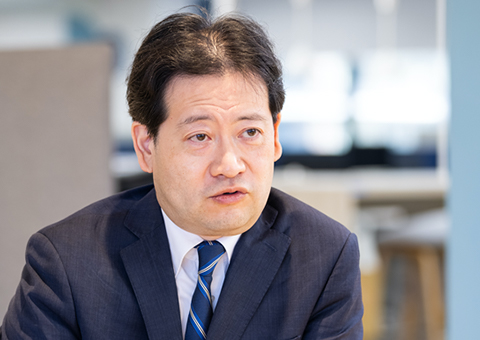
Motoyuki Ooishi, Nikkei BP Intelligence Group Clean Tech Lab Director
Ooishi Supposedly, the coming era will require the open innovation, where even a large company cannot develop technologies in a timely manner alone. This appears to be the place to do just that.
Kurata Yes. For example, our company is promoting large-scale collaboration with three universities. The key to this collaboration is organizational synergy, prioritizing the collective interaction between organizations over conventional one-to-one relationship. We are working with the University of Tokyo on fluorine chemistry and glass technologies — our core technologies — and the Tokyo Institute of Technology on multi-materials, or composite materials, and composite technologies. We are also working with Nagoya University to develop applications centered on mobility and life sciences.
A unique effort being implemented at YTC is the use of people so-called Technical Sommeliers. Skilled engineers with extensive knowledge and experience participate in various meetings. They listen to the concerns of customers and researchers. They then offer ideas for blending technologies and creating new projects, such as saying, “It would be good to combine this technology” or “That department has this technology.” They serve as the spark for innovations, and I believe they are an important presence that supports our open innovation.
Ooishi How are YTC and laboratories collaborating worldwide?
Kurata Our research laboratories comprise division-based research laboratories closer to applications and corporate research laboratories focusing on fundamental research. At a basic level, projects are divided by development period, with business divisions overseeing short- and medium-term research and development that will materialize in 3 to 5 years, as well as corporate divisions supervising long-term themes lasting 5 to 10 years or longer. Approximately 60% of research expenses are invested in laboratories of business divisions. As it is important to ensure balance and support between the two, I try to have people move between them frequently.
There are two main types of researchers: those who want to delve deeply into their area of expertise and those who want to leverage their skills to start new ventures. The former are encouraged to earn a doctoral degree while employed or take on assignments at foreign universities and research institutions. For the latter, we offer project-based initiatives, enabling potential breakthroughs to be quickly transformed into viable, funded projects.
Ooishi How do you secure the human resources needed for research and development?
Kurata In recent years, we have been focusing on mid-career hires. We have prepared various systems for people to demonstrate their abilities immediately after joining the company. One example is cross-divisional network activity (CNA), communities of people with similar areas of expertise that cover a wide range of fields, including technology, finance, legal, and logistics. There are several groups between 150–200 people. The aim is to facilitate new hires to fit into the organization through cross-consulting and cross-teaching. We also have online communication called Beatrust, which fosters loose connections that transcend departments and specialties.
We have also used mergers and acquisitions to grow our strategic businesses. We pursue M&As for rapid growth by introducing technologies, human resources and equipment not currently in our position.
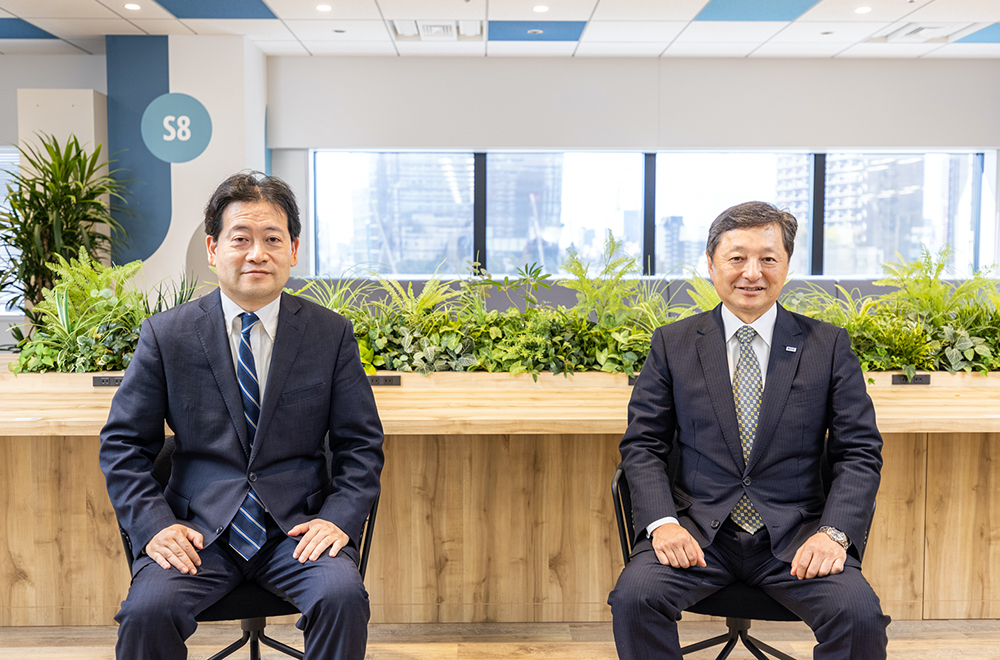
Ooishi The three fields of electronics, mobility, and life science are listed as strategic businesses. What are the characteristics of each strategic business in terms of your research and development system?
Kurata First, we are changing the electronics business by adding functions based on our core technologies of glass, chemistry and ceramics. For example, 5G/6G radio waves are highly directional, making it difficult to cover a large area. Instead of putting up many antennas on a building as was done previously, a major innovation would be to enable window glass itself to function like an antenna. Additionally, in the semiconductor field, we are focusing on extreme ultraviolet. Ultra-fine processing of semiconductor circuits requires high-performance materials.
A notable transformation in the mobility business is connecting automobiles to networks. Here, 5G and 6G will also start this process. Autonomous driving follows. These trends will result in major changes to vehicle interiors, and everything will be in a display format. There is increased demand for new high-performance glass for interior use, including support for complex shapes. Demand for fuel cells is also increasing, and there must be more rapid development of electrolyte polymers, which are the materials for fuel cells.
The life science field uses two technologies: chemical synthesis and biotechnology. For chemical synthesis, we develop state-of-the-art pharmaceuticals and agrochemicals, focusing on fluorine synthesis technology. For biotechnology, we have been researching microorganisms for about 30 years. However, the trend in recent years has changed to therapeutic antibodies, genes and cells. These technologies are being developed mainly at overseas bases that have expertise in individual technologies, such as Italy for gene therapy and the United States for antibody drugs. The YTC will also promote research and development with an eye toward the future.
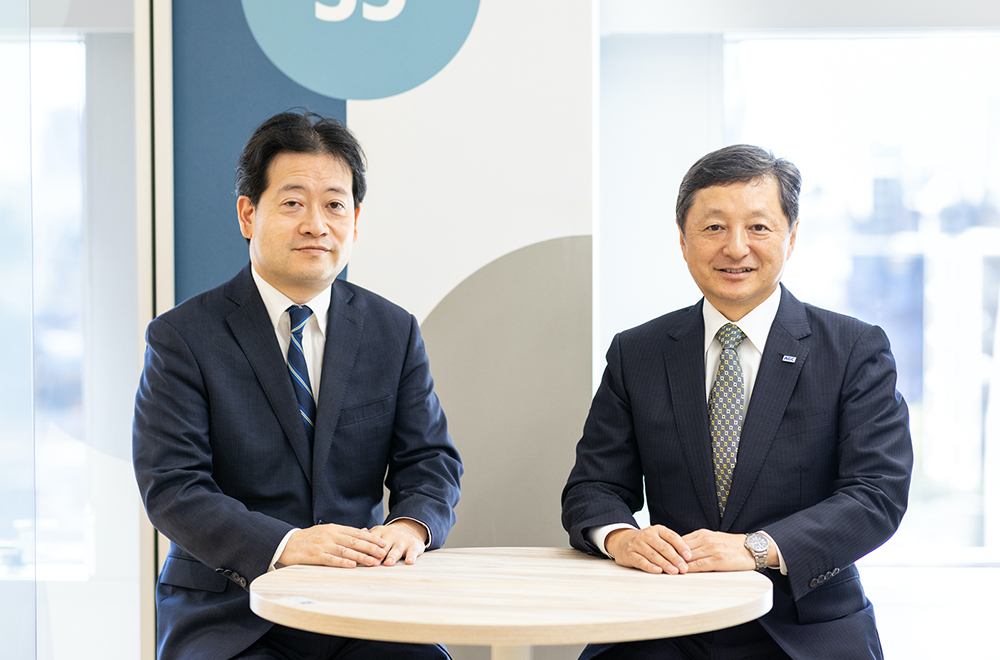
Ooishi What will your company focus on in future research and development?
Kurata There are three main themes. The first theme is further strengthening of business portfolio ambidexterity, and I think accelerating the growth of strategic businesses will become important. The second theme is sustainability. I believe our technology can be used to create functional products that reduce environmental impacts, centering on greenhouse-gas-reduction technologies and in the environment and energy fields.
The third theme is DX, in which various applications can be considered. For example, the fusion of the real and virtual world using simulation technology is one of our specialties. An example would be a window in a building being expressed in virtual reality. We can have clients see on the spot how changing the type and function of the glass changes its appearance. Further, when we send the data of the selected glass to the factory, a sample can be made the next day for the customer to confirm. Study periods that used to take several months can now be completed in 1 to 2 weeks, which contributes to shortening construction time and significantly increases customer satisfaction.
Ooishi All three of these are interesting themes. The strengths of AGC are supported by a system that sets up an antenna toward the global dimension and promotes research and development where the right person is in the right place. Additionally, AGC’s strategy of concentrating fundamental technologies in one site and stimulating open innovation will serve as a model for discussing future research and development.
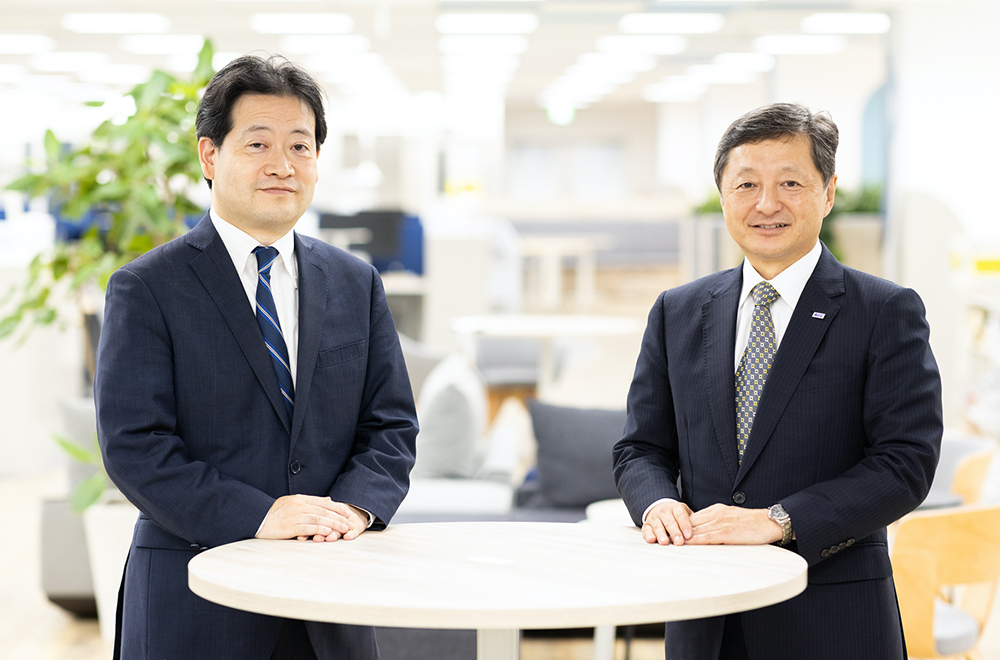
Reprinted from Nikkei Business Online Edition Special
*Department names and titles are those at the time of the interview.
